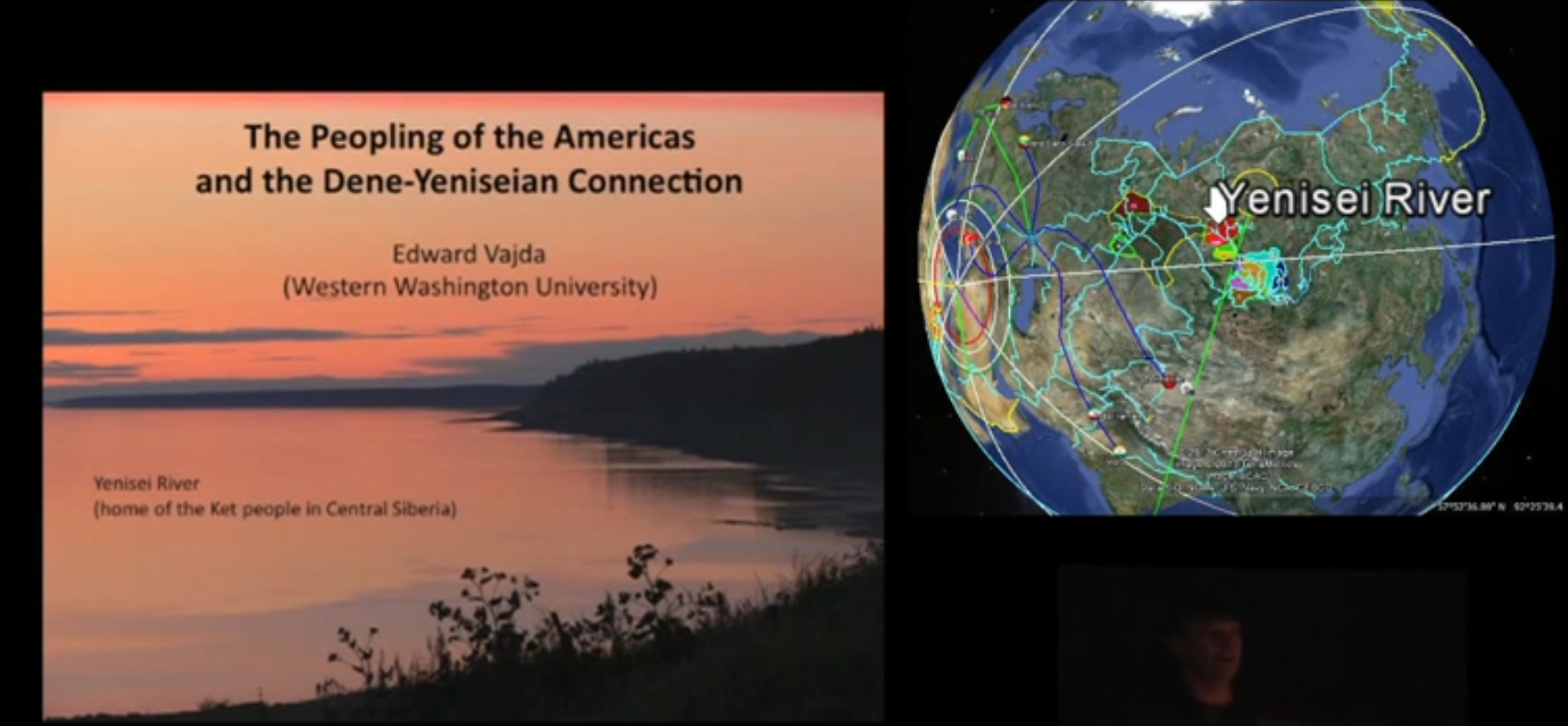5fish
Well-Known Member
- Joined
- Jul 28, 2019
- Messages
- 10,758
- Reaction score
- 4,577
Are these the Native American Ancestors... The were Siberia's last nomad peoples... @diane

 nativeheritageproject.com
nativeheritageproject.com
Enjoy this lecture, “The Peopling of the Americas and the Dene-Yeniseian Connection” by Dr. Edward Vadja who visited, lived among and studied the very remote Ket people in far northern Russia. The Ket are ancestral to the Na-Dene and Athabaskan people in the Americas and live so remotely that not even the Russians could penetrate that region to build concentration camps. Today, there are only about 1200 Ket people in total, of which there are only about 50 Native Ket speakers left, the rest speaking Russian. They share genetics, haplogroup Q and a common ancestral language with Native American people along with other similarities.

 www.nature.com
.
www.nature.com
.
The Kets (an ethnic group in the Yenisei River basin, Russia) are among the least studied native Siberians. Ket language lacks apparent affiliation with any major language family and is clearly distinct from surrounding Uralic, Turkic and Tungusic languages1. Moreover, until their forced settlement in 1930s, Kets were considered the last nomadic hunter-gatherers of North Asia outside the Pacific Rim2.
 en.wikipedia.org
en.wikipedia.org
Dené–Yeniseian is a proposed language family consisting of the Yeniseian languages of central Siberia and the Na-Dené languages of northwestern North America.
Reception among experts has been somewhat favorable; thus, Dené–Yeniseian has been called "the first demonstration of a genealogical link between Old World and New World language families that meets the standards of traditional comparative-historical linguistics",[1] besides the Eskaleut languages spoken in far eastern Siberia and North America.

The Ket People of North Asia – Ancestors of Native Americans
Enjoy this lecture, “The Peopling of the Americas and the Dene-Yeniseian Connection” by Dr. Edward Vadja who visited, lived among and studied the very remote Ket people in far northern…
 nativeheritageproject.com
nativeheritageproject.com
Enjoy this lecture, “The Peopling of the Americas and the Dene-Yeniseian Connection” by Dr. Edward Vadja who visited, lived among and studied the very remote Ket people in far northern Russia. The Ket are ancestral to the Na-Dene and Athabaskan people in the Americas and live so remotely that not even the Russians could penetrate that region to build concentration camps. Today, there are only about 1200 Ket people in total, of which there are only about 50 Native Ket speakers left, the rest speaking Russian. They share genetics, haplogroup Q and a common ancestral language with Native American people along with other similarities.

Genomic study of the Ket: a Paleo-Eskimo-related ethnic group with significant ancient North Eurasian ancestry - Scientific Reports
The Kets, an ethnic group in the Yenisei River basin, Russia, are considered the last nomadic hunter-gatherers of Siberia and Ket language has no transparent affiliation with any language family. We investigated connections between the Kets and Siberian and North American populations, with...
The Kets (an ethnic group in the Yenisei River basin, Russia) are among the least studied native Siberians. Ket language lacks apparent affiliation with any major language family and is clearly distinct from surrounding Uralic, Turkic and Tungusic languages1. Moreover, until their forced settlement in 1930s, Kets were considered the last nomadic hunter-gatherers of North Asia outside the Pacific Rim2.
Dené–Yeniseian languages - Wikipedia
 en.wikipedia.org
en.wikipedia.org
Dené–Yeniseian is a proposed language family consisting of the Yeniseian languages of central Siberia and the Na-Dené languages of northwestern North America.
Reception among experts has been somewhat favorable; thus, Dené–Yeniseian has been called "the first demonstration of a genealogical link between Old World and New World language families that meets the standards of traditional comparative-historical linguistics",[1] besides the Eskaleut languages spoken in far eastern Siberia and North America.
